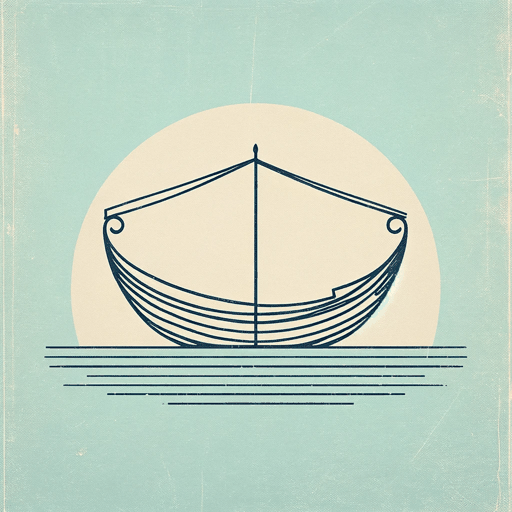18 pages • 36 minutes read
Edgar Allan PoeTo Helen
Fiction | Poem | Adult | Published in 1831A modern alternative to SparkNotes and CliffsNotes, SuperSummary offers high-quality Study Guides with detailed chapter summaries and analysis of major themes, characters, and more.
Summary and Study Guide
Overview
“To Helen” by Edgar Allan Poe was first published 1831 in his third poetry collection Poems. “To Helen” also appeared in the March 1836 issue of the Southern Literary Messenger and in Poe’s 1845 collection The Raven, and Other Poems. Poe made significant changes to his poem over time. This guide cites Poe’s final version of the poem, which is the one most commonly republished. Late in his life, Poe wrote a second poem titled “To Helen,” which was first published in 1848 in Union Magazine and later included in posthumous collections.
“To Helen,” Poe’s 1831 poem, references Helen of Troy from Greek mythology. Poe was inspired by Homer and other classic Greek writers as well as English love lyrics and nautical culture. Scholars believe “To Helen” was also inspired by a woman Poe knew named Jane Stanard. “To Helen” is a lyric poem about the power of beauty, romanticizing the past, and homecoming.
Poet Biography
Edgar Allan Poe was born on January 19, 1809 to a pair of Boston actors. Within two years of his birth, his father had abandoned him, and his mother had died, leaving Poe alone. Poe was taken in (but not adopted) by the Allans of Richmond, Virginia, with whom he grew up.
As a young adult, Poe struggled with substance abuse and gambling, eventually running out of funds to attend the University of Virginia. As a result, Poe joined the US Army and began writing poetry to support himself. Unfortunately, Poe failed out of West Point, resulting in his exit from the Army. Without the constraints of regular work and desperate for money, Poe began writing prose and criticism for publication in periodicals, often moving to avoid his debts or seek cheaper housing. It was during this time that he married his cousin, Virginia Clemm, age 13, who died 11 years later of tuberculosis. Poe died only two years later in 1849, with other writers and newspapers attributing several conflicting causes of death.
Poe, as a prose author, is responsible for much of what we know as detective fiction today. Works such as The Narrative of Arthur Gordon Pym of Nantucket, his only full-length novel, would inspire entire genres of science fiction, including the works of H. P. Lovecraft. As a poet, works such as “The Raven,” which was based on the death of Virginia, would help codify the Gothic genre of poetry.
Poem Text
Helen, thy beauty is to me
Like those Nicéan barks of yore,
That gently, o'er a perfumed sea,
The weary, way-worn wanderer bore
To his own native shore.
On desperate seas long wont to roam,
Thy hyacinth hair, thy classic face,
Thy Naiad airs have brought me home
To the glory that was Greece,
And the grandeur that was Rome.
Lo! in yon brilliant window-niche
How statue-like I see thee stand,
The agate lamp within thy hand!
Ah, Psyche, from the regions which
Are Holy-Land!
Poe, Edgar Allan, “To Helen.” 1831. Poetry Foundation.
Summary
“To Helen” has 15 lines broken into three stanzas of equal length. The title and much of the poem references the mythological Helen of Troy. The speaker uses Helen, who was known for her beauty, to describe the beauty of a woman they admire.
In the first stanza, the first-person speaker (who can be considered Poe himself) compares Helen’s beauty to boats from the past. These sea-voyaging boats carried a haggard traveler back to his homeland.
In the second stanza, the speaker discusses being at sea. Helen’s flowery hair, stereotypically stunning face, and fairy-like appearance are described. Her beauty is what brings the speaker home to glorious Greece and grand Rome.
In the third stanza, the speaker sees Helen. He describes her being framed in a window and compares her to a statue. She holds a glowing lamp while standing. He ends the poem by comparing her to Psyche, another figure from Greek mythology, who is a goddess from holy lands.
Related Titles
By Edgar Allan Poe
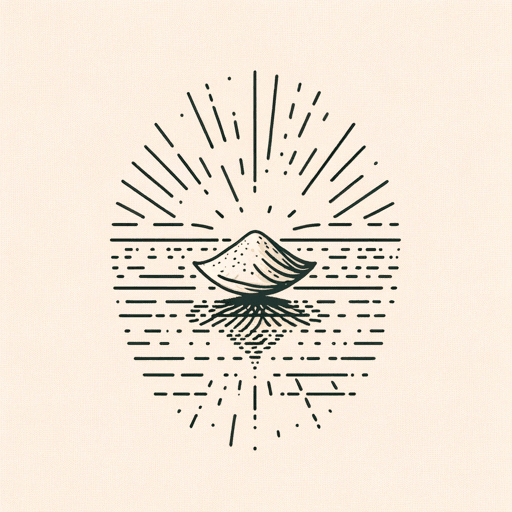
A Dream Within a Dream
Edgar Allan Poe

Annabel Lee
Edgar Allan Poe

Berenice
Edgar Allan Poe
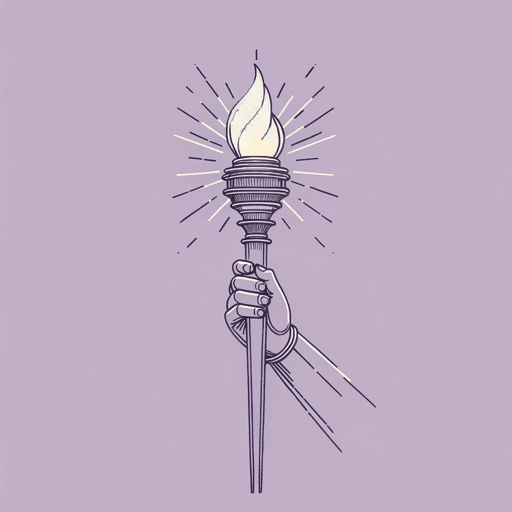
Hop-Frog
Edgar Allan Poe
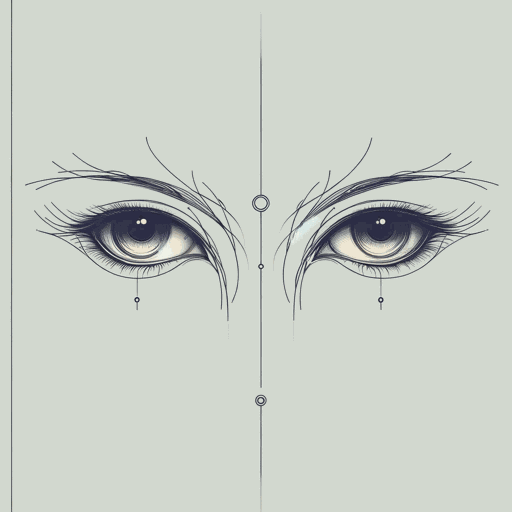
Ligeia
Edgar Allan Poe
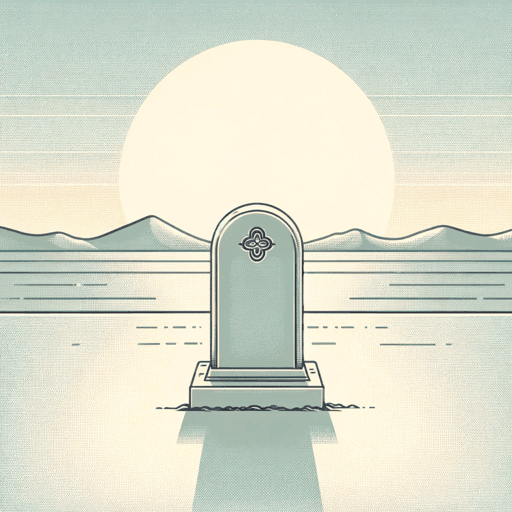
Tamerlane
Edgar Allan Poe
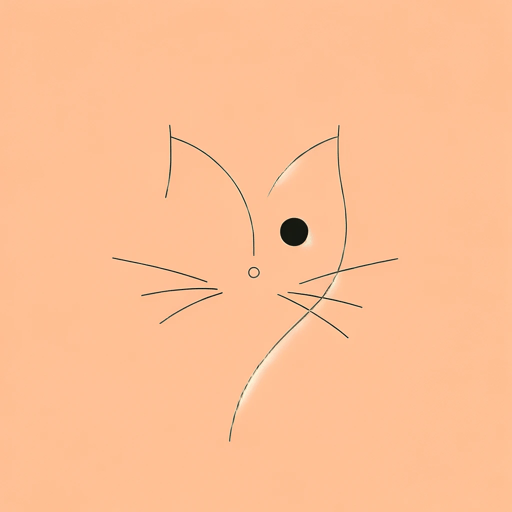
The Black Cat
Edgar Allan Poe

The Cask of Amontillado
Edgar Allan Poe
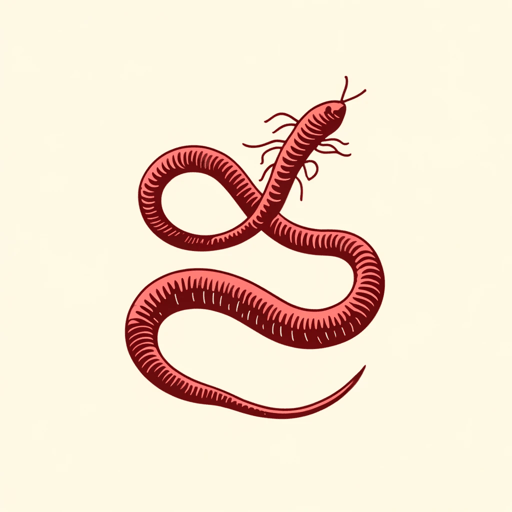
The Conqueror Worm
Edgar Allan Poe
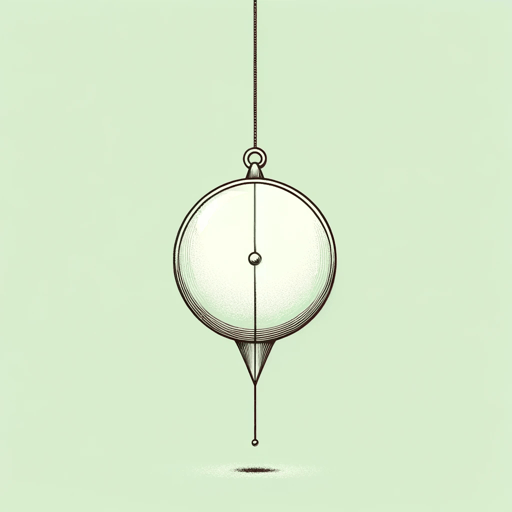
The Facts in the Case of M. Valdemar
Edgar Allan Poe

The Fall of the House of Usher
Edgar Allan Poe

The Gold Bug
Edgar Allan Poe

The Haunted Palace
Edgar Allan Poe
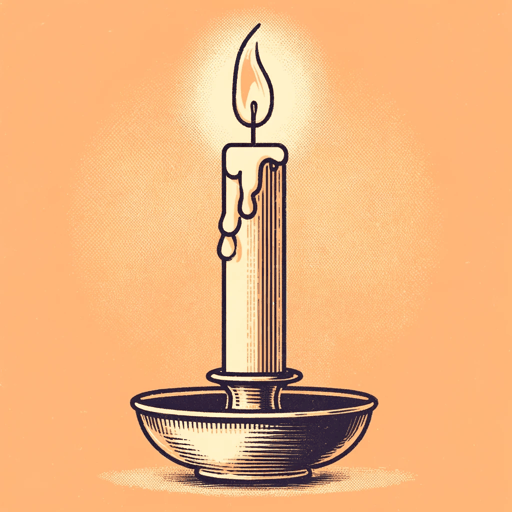
The Imp of the Perverse
Edgar Allan Poe

The Lake
Edgar Allan Poe
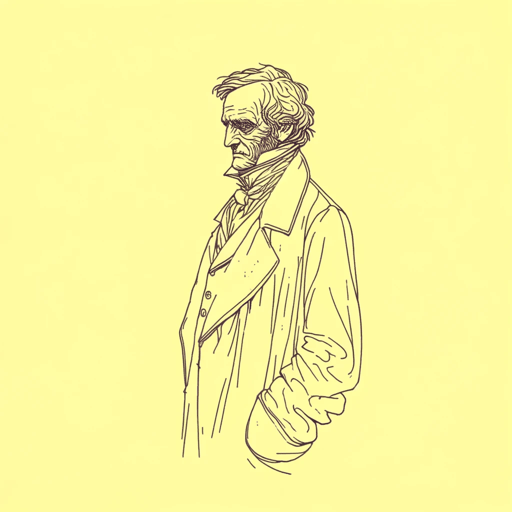
The Man of the Crowd
Edgar Allan Poe

The Masque of the Red Death
Edgar Allan Poe

The Murders in the Rue Morgue
Edgar Allan Poe

The Narrative of Arthur Gordon Pym of Nantucket
Edgar Allan Poe
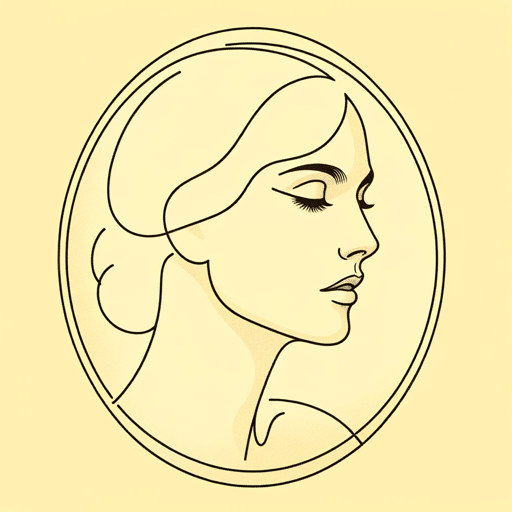
The Oval Portrait
Edgar Allan Poe
